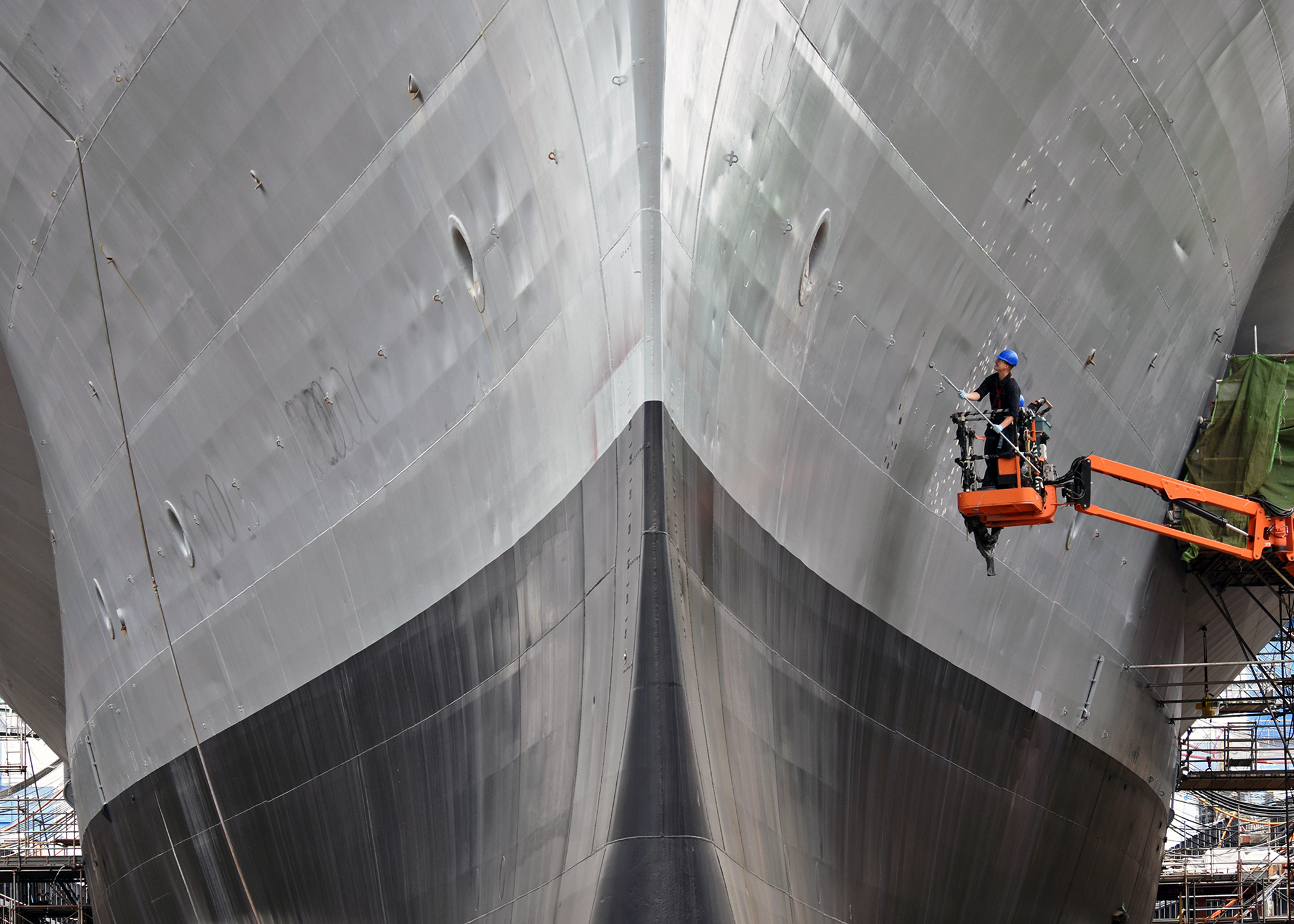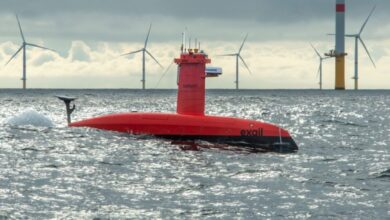US Congress Proposes Hull Coating Upgrades for Navy Fleet
The US House of Representatives has passed legislation to modernize the hull coatings of US Navy ships by 2028.
The proposal aims to remove the traditional copper-based antifouling coatings of the naval fleet due to deteriorating effects on the vessels and the maritime environment.
The initiative also requests a corresponding evaluation of biological adhesion, corrosion, and degradation to the craft, environmental harm caused by shedding and leaching of coating, and effects on fuel efficiency and speed.
“Not later than one year after the date of the enactment of this Act, the Secretary of Defense shall conduct an assessment to evaluate the feasibility of moving away from copper-based antifouling coatings,” a statement from the House said.
“Prior to conducting the assessment required, the Secretary shall evaluate commercially available products, technologies, applications, and services that could be used to improve combat readiness by decreasing the need for re-application of antifouling coatings.”
Potential Replacement
According to Congress, the decision to facilitate the transition is supported by an estimate from the Naval Surface Warfare Center – Carderock, which saw a 10 percent decrease in a ship’s speed due to biofouling, or the unintended accumulation of materials on surfaces in constant contact with water.
This observation was also supported by Harvard University’s Adaptive Surface Technologies segment in terms of reducing the US Navy’s operational costs and its “environmental stewardship” in coastal regions.
AST has conducted more than 60 months of experiments to trial and demonstrate copper-free, anti-fouling coating capabilities at international testing facilities.
This research utilized common drydock schedules of naval ships that run in approximately 60-month cycles and found that the institute’s technology displayed “superior performance” to typical navy ship coatings such as the Akzo Nobel’s BRA-640 and 1100SR as well as Hempel’s X3.

“AST’s marine coatings have been subjected to 44 months of exposure testing, and they continue to outperform the leading commercial foul-release coatings,” AST wrote on its findings in 2023.
“Every month, half the panel is washed with a low pressure (50 psi) waterjet designed to simulate the motion of a boat. All of AST’s coatings under test performed better than the commercial controls at 18 and 44 months, especially under these dynamic conditions.”
“AST is now working with corporate partners to bring coatings based on our proprietary … additives into the commercial marine market, leveraging the reach of a larger-scale operation.”












